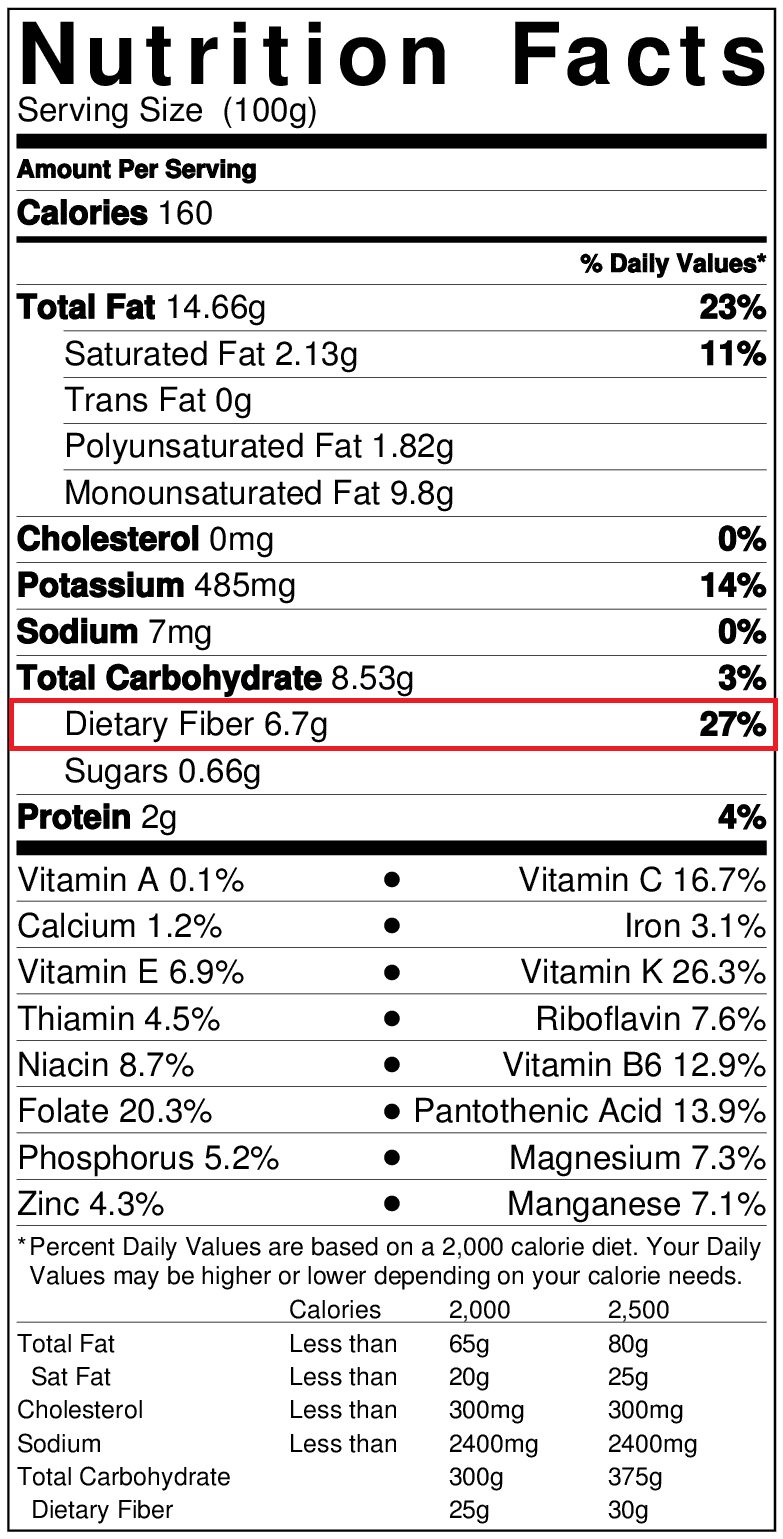Polydextrose
Source
Corn
Background
Polydextrose is made of many dextrose (glucose) carbohydrates that randomly bond together and form a polymer. Polydextrose is produced from naturally occurring components. The 1,6-glucosidic linkage predominates in the polymer but α- and β-1,2; 1,3; 1,4 linkages are also present. Polydextrose is a multi-purpose food ingredient used to replace sugar, fat and calories and to increase fiber content of foods; it also functions as a stabilizer, bulking agent and to help maintain the ideal moisture in a food. Polydextrose has been used as a food ingredient since the 1960’s.
Nutritional Properties
Due to the complex linkage distribution in its highly branched structure, polydextrose resists digestion in the upper gastrointestinal tract and is partially fermented in the colon. Because polydextrose is not digested and only partially fermented in the gut, it has an energy value of only 1 kcal/ gram.
Polydextrose is well tolerated in the gastrointestinal tract, possibly because little gas is produced during fermentation. The Joint FAO/WHO Expert Committee on Food Additives and the European Commission Scientific Committee for Food concluded that up to 90 g/day or 50 g as a single dose of polydextrose may be consumed without any unwanted gastrointestinal effects1.
Physiological Benefit
- Laxation.
- Favorable blood glucose response: helps to achieve lower blood sugar levels by fiber enrichment; prebiotic effect and satiety benefits.
- Long term weight management: By replacing higher calorie ingredients, polydextrose may help reduce calorie intake.
Scientific Substantiation of Benefits
Laxation: Polydextrose consumption increases fecal bulk/weight2 3 4 5 6 7, fecal consistency8 2 6, ease of defecation4, fecal frequency2 4 and decreases transit time9 in healthy adults. Fecal bulking effects were shown to be effective between 8-30 g/day3. The lowest effective dose was 8g/day for improvements in fecal bulk4 and fecal consistency8, whereas ease of defecation and fecal frequency was enhanced with a dose as low as 4g/day4.
Favorable blood glucose response: Compared to glucose which has a glycemic index of 100, polydextrose has a glycemic index of 710. According to an EFSA Panel, a cause and effect relationship has been established between the consumption of foods/drinks containing polydextrose and the reduction of post-prandial blood glucose responses as compared to sugar-containing foods/drinks11. The reduction in postprandial blood glucose and insulin responses has also been observed in individuals with Type 2 diabetes12.
Prebiotic effect: It is generally believed that a prebiotic should selectively increase the growth of beneficial gut bacteria, such as lactic acid bacteria and/or bifidobacteria. Polydextrose intake is associated with increased prebiotic activity.
Satiety: Polydextrose can help support weight management strategies as a replacement for higher calorie components (e.g., fat or sugars) in formulas, which enables development of lower calorie foods, given its calorie contribution is only 1 kcal/g. While additional studies are needed, findings suggest that polydextrose may also increase satiety and reduce energy intake at a subsequent meal.
What types of food is this fiber typically found in?
Polydextrose is a source of dietary fiber that can be added to a wide variety of foods such as sugar-reduced, no-added sugar and sugar-free cereals, snacks, bakery items, beverages, dairy products and sauces. It can also be found in traditional bakery items, beverages, dairy products and sauces.
Recommended Daily Intake
“Of the under-consumed nutrients, calcium, potassium, dietary fiber, and vitamin D are considered nutrients of public health concern because low intakes are associated with health concerns.” – Dietary Guidelines for American 2015-2020 (8th edition).
In the United States, the recommended dietary fiber intake is 14g/1,000kcal. For an average adult, this means a daily intake of 25g (female) or 38g (male). Most Americans only consume about half of the recommended intake (13.5 and 18g, respectively). This shortage in our diet is called the fiber gap.
Given Americans’ current eating habits, closing the fiber gap without consuming fiber-enriched foods would also mean significantly increasing calorie intake. To reach the recommended fiber intake without fiber-enriched foods, most Americans would need to increase their calorie intake by more than 500 calories per day. But meeting fiber requirements doesn’t have to mean adding calories if fiber enriched foods are consumed. Studies have shown, for example, that enriching grain foods with fiber (2.5g–5g) resulted in a fiber intake of 24.7g–39.1g/day with no caloric increase. (Nicklas et al, 2011; Jones, 2014)
Fiber-enriched foods help bridge the fiber gap while delivering excellent taste and additional metabolic benefits. The overall diet should have a mix of various fiber types.
Consuming a Variety of Fibers
Although most fibers will have more than one health-related effect, no one fiber can produce every potential health benefit. Some effects are well recognized for a large number of different fiber types, while others can be very fiber specific. To maximize the health benefits of fiber, it is important to consume a variety of fibers.
Fibers can be found in many different foods. The amount of fiber per serving can easily be found by looking at the Nutrition Facts Panel for the Dietary Fiber line.

Additionally, the fiber content in foods like raw fruits and vegetables that do not have a nutrition label can be found here.
Gastrointestinal Tolerance
Increasing fiber intake suddenly, particularly in individuals consuming a low fiber diet, may result in gastrointestinal effects, such as an increased number of stools per week, having softer stools (but not diarrhea) or having increased flatulence. These effects are due to either bulking effects or due to the fermentation of fiber in the gastrointestinal tract. These potential effects can be minimized by increasing fiber intake more gradually to allow the gastrointestinal tract to adapt. Thus, it may be helpful to decrease fiber intake until these feelings subside and then gradually increase fiber intake until the recommended intake of 14g/1,000kcal is achieved.


